
Statue of Francis Xavier in Malacca.
Paying homage to St Francis [Xavier]
Several thousand Catholics and non-Christians from all over Malaysia and Singapore recently thronged the hilltop ruins of St Paul’s Church in the heart of historic Malacca Town for a purpose.
While most of those who had gathered there were to partake in the Feast of St Francis Xavier, others had come out of curiosity
Just like the annual Good Friday traditional Portuguese religious ceremonies and rituals conducted at St Peter’s Church, the Feast of the Holy Cross at Malim Hill and Festa San Pedro and San Juang at the Portuguese Settlement, this year’s Feast of St Francis observed on Dec 3 drew large numbers of pilgrims and devotees.
Among the thousands who converged at the church ruins, a stone’s throw from the famed Dutch Stadthuys, were tour groups from Taiwan and China.

According to tour co-ordinator Edward Lee of Kuala Lumpur, the tourists were told about the feast day celebrations.
For 62-year-old Taiwanese Mah Li Huang, a retired high school history teacher, his wanting to see the statue of St Francis minus the right hand was realised when making his way up the hill.
Said Mah: “I did read about the saint’s statue in a travel magazine many years ago. I have made three trips to Kuala Lumpur in the last five years but never had a chance to make it to Malacca, let alone St Paul’s Hill until now. It’s truly a unique statue and probably one of its kind in the world.”

To the many locals and foreigners, the statue of St Francis without the right hand and sited in front of the church ruins has always evoked interesting conversation.
This includes a story about attempts to replace the hand.
It is said that after the statue was erected in the 1950s, vandals broke off the right hand.

Despite attempts by local museum authorities to contact the Italians who sculpted the statue from a single white marble block, nothing concrete materialised in replacing the broken hand.
Eventually, a plaster of Paris replica of the hand was installed as replacement. Unfortunately, a falling branch knocked off the replaced hand during an afternoon thunderstorm.
Until today, the gleaming white statue standing atop a 2.7m rock pedestal is without its right hand.
Noted historian and former parish priest of St Peter’s Church here, the late Rev Fr M.J. Pintado, in his writings highlighted the fact that the saint’s body now lying in Goa, India, was also without the right hand.
History reveals that 62 years after the death of St Francis, part of his right arm was severed from his body and sent to Rome where it is kept until today as a relic for veneration.
For St Francis, often described as the “Apostle of the East” and the “Patron of Missionaries”, his links with Malacca and St Paul’s Hill in particular goes back a long way.
Born in Navarre, Spain, in 1506, the missionary priest used the hill as the base for his travels to Indonesia and the Far East including Japan to propagate the Roman Catholic faith.
The saint spent 11 years of his missionary life in Asia making five trips to Malacca between September 1545 and May 1552.
After visiting Japan, St Francis, on his way back to Malacca, died on the island of Sanchian off China’s mainland in Dec 1552. His body was temporarily laid at St Paul’s Hill between March and December 1553 before being shipped to its final resting place in Goa’s Basilica Bom Jesus.

The explanation of the missing right hand given about is not quite that accurate. Here's an interesting story about St. Francis Xavier's missing hand.
The Statue of St. Francis Xavier today stands in front of the ruins of St. Paul's Church. It was quite a recent addition, completed only in 1952, to commemorate the saint who passed there on several occasions from 1545 to 1552, on his way to the Far East. When he died in China in 1553, his body was sent back to Malacca, where it was interred here for nine months. When a decision was made to transfer it to Goa, the exhumers were astounded to learn that his body showed little sign of decay, even though it had been buried for nine months. This led to request for the missionary to be made a saint. Now, in order to be canonized, the Catholic church needed a relic. When the arm of Francis Xavier was severed, it still dripped blood.
If you take a look at Francis Xavier's statue, you will see that his right arm is also missing. However, this is not part of the original design of the statue. A day after the statue was consecrated, a large casuarina tree fell on it, breaking off its right arm. And so it stands today without one limb.
![[Unam Sanctam]](https://blogger.googleusercontent.com/img/b/R29vZ2xl/AVvXsEiymQ2adTjpZ1ABhPBbBBquiPCxeQrc4Jy_97vOikT0wGQeJleriiXQy6ebnb0jrYe-TfvcK77txStB4aIwVAdD41ZdMkVfNtFGC0JX6LBV9B8mfeRZaIAM7Sj-011ag3DiKQzv/s1600/headerdivinemercy.jpg)












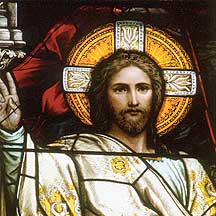
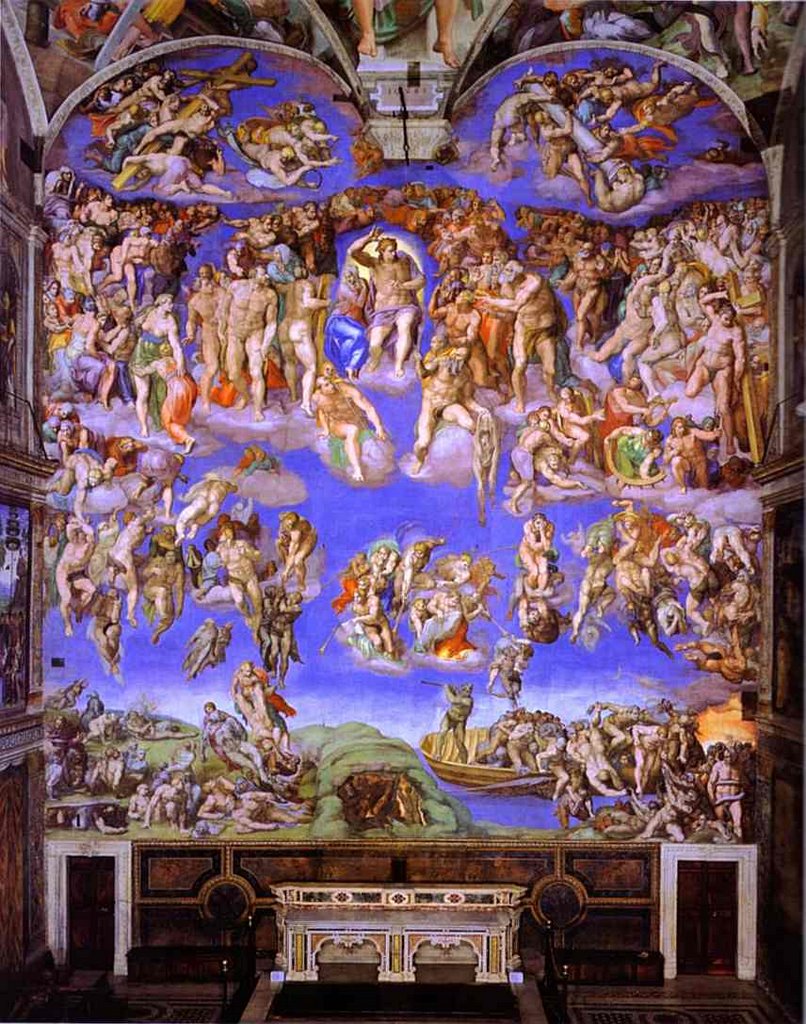


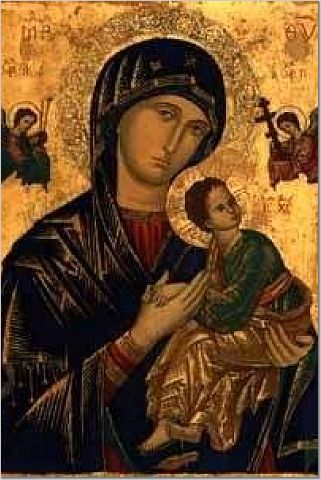



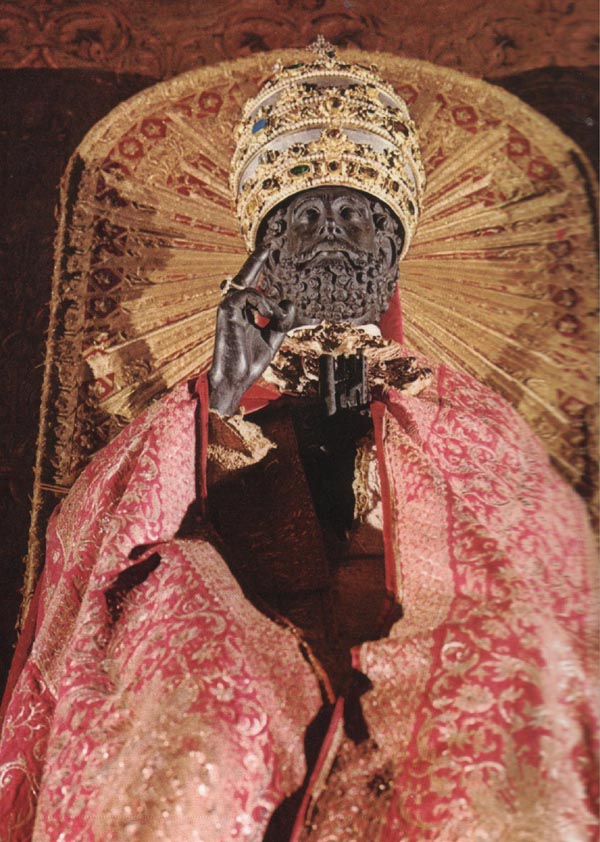
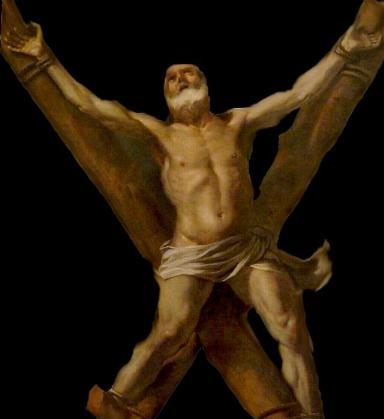

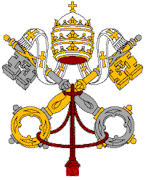


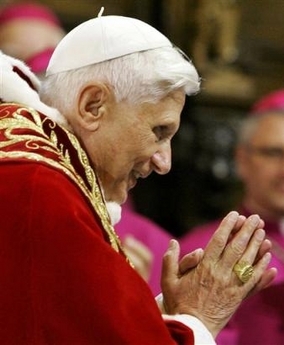






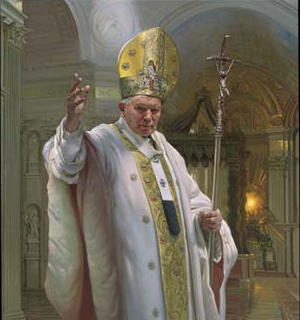
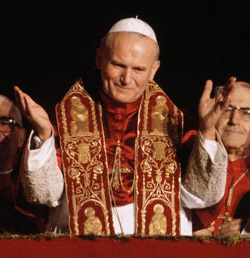
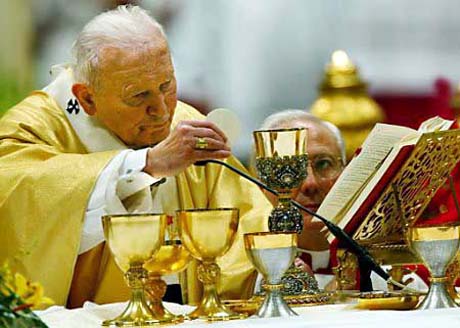
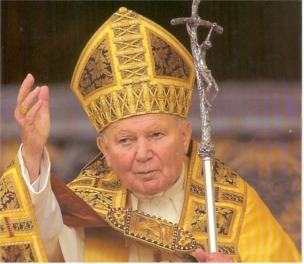






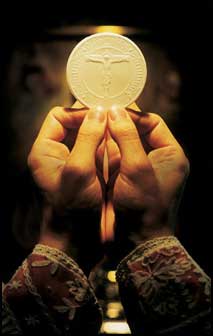
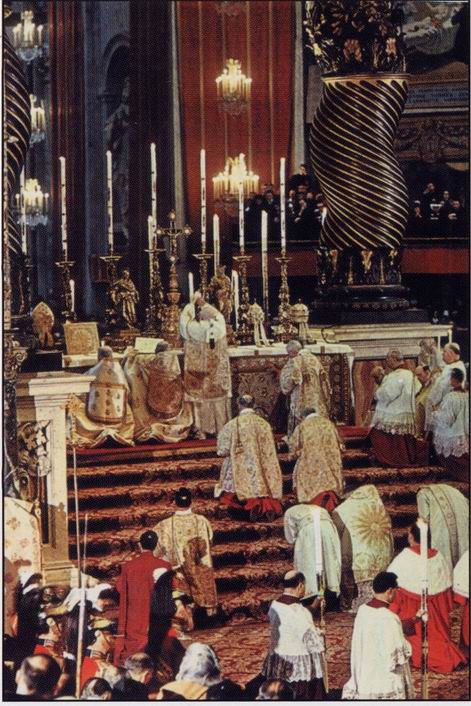



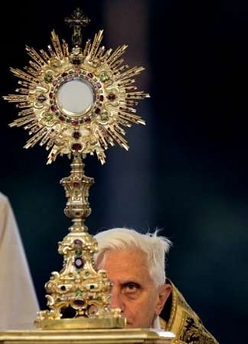


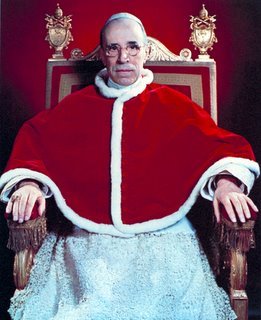




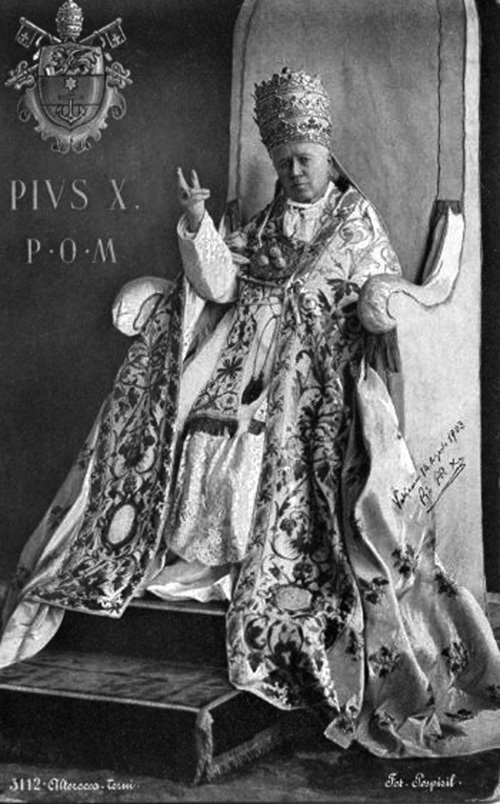










No comments:
Post a Comment